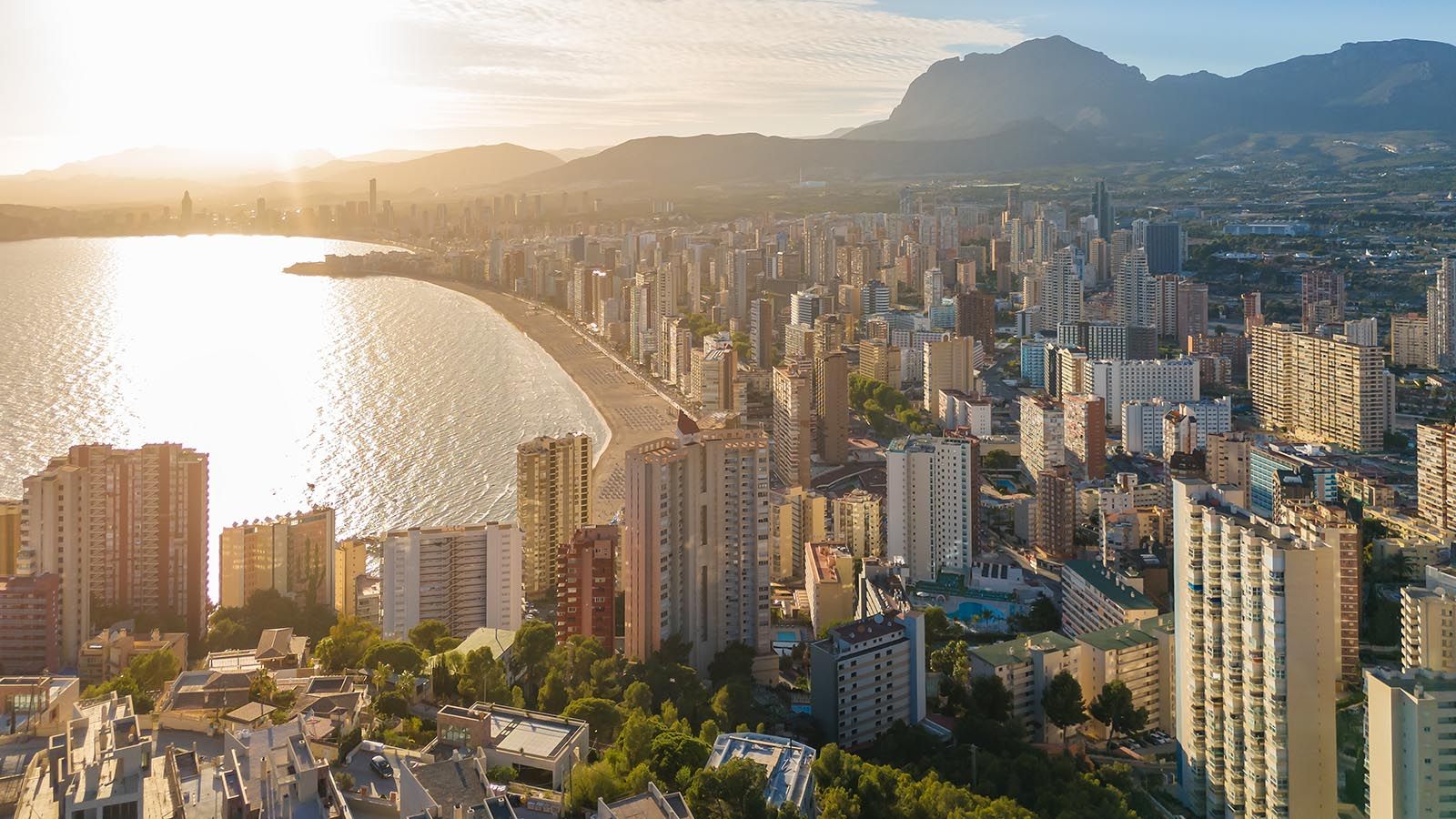Best things to do in Valencia
Looking for original things to do in Spain? A weekend in Valencia serves up plenty – without the stress of trying to see it all. From sharp-edged science museums to sun-soaked beaches, the city mixes culture, food and coast with zero fuss. You’ll find yourself shifting gears often – and that’s part of the fun.
Here’s what to do while you’re in town.
Explore the City of Arts and Sciences
This futuristic complex is Valencia’s visual calling card – a place where you can walk through a whale skeleton-shaped science museum or watch sharks glide past in Europe’s largest aquarium. It’s bold, weird, and strangely beautiful. If you're doing Spain with kids, this is the kind of place that keeps everyone entertained – no screen time required.
Eat your way through Mercado Central
One of the oldest and largest fresh food markets in Europe, Mercado Central is a must, whether you're stocking up on snacks or just people-watching with a coffee. Expect rows of glistening seafood, paper cones of jamón, and more orange-scented olive oil than you knew existed. If you're hunting for the best Spanish food, this is where to start.
Hit Playa de la Malvarrosa
You don’t need to leave the city to find sand. Valencia’s main beach is wide, clean, and buzzing with locals, especially on sunny weekends. There’s a long promenade lined with paella spots and beach bars, and you’re only 20 minutes from the center. It may not be as flashy as Ibiza, but for easy access and local flavor, it ranks among the best beaches in Spain.
Wander El Carmen
This isn’t your average postcard-perfect historic quarter. El Carmen is gritty, creative, and full of contrast. One minute you’re staring up at a 14th-century tower, the next you’re ducking into a bar with tattooed bartenders and techno on the stereo. The narrow streets are splashed with street art, and local galleries and artisan shops give it more personality than polish.
Climb the Miguelete Tower
If you’re up for a bit of effort, the 207-step spiral climb to the top of Valencia Cathedral’s bell tower pays off. The view stretches across terracotta rooftops to the mountains and the sea beyond. On the way down, pop into the cathedral itself – parts of it date back to the 13th century, and it claims (controversially) to house the actual Holy Grail. Believe it or not, it’s worth a look.











